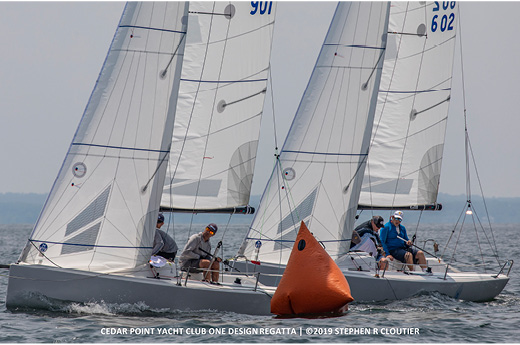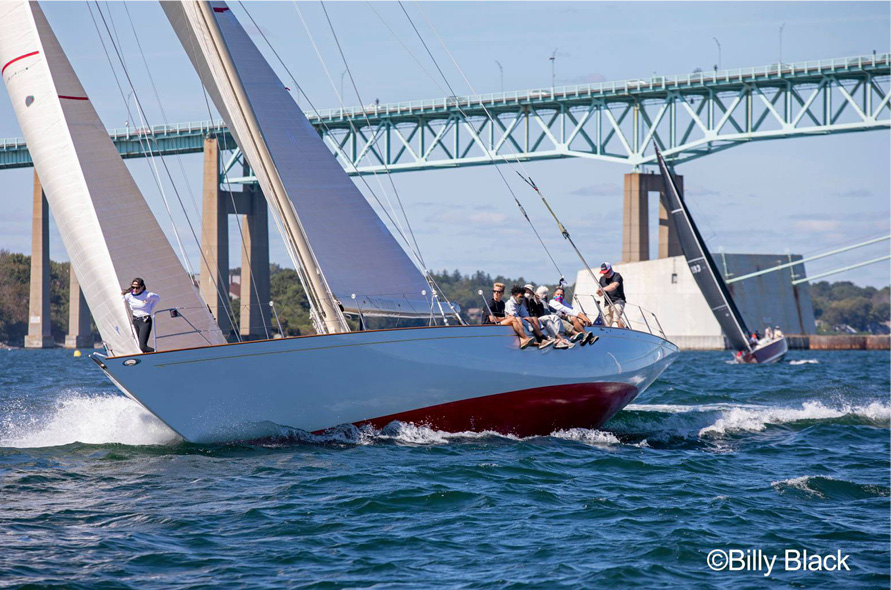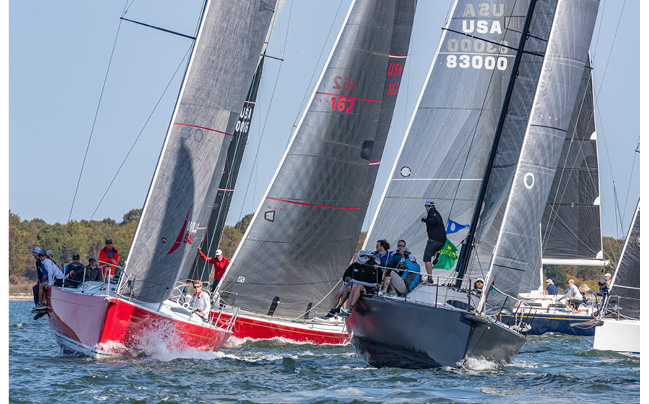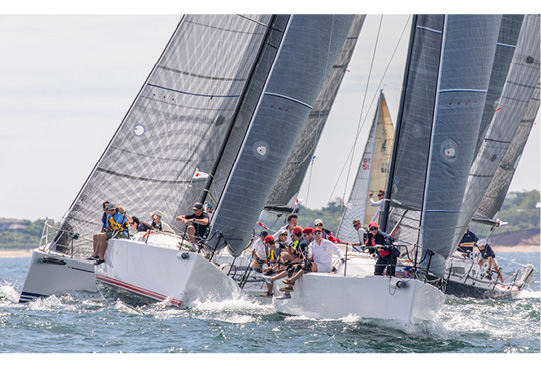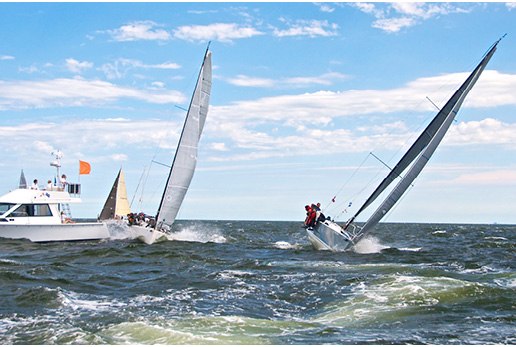Up to Speed & Smarts with Dells
Turning Around the Windward Mark
There are few places on the racecourse where the ability to turn your boat efficiently is more critical than when you are bearing off around the windward mark. Of course, from a safety standpoint, ducking another boat in lots of breeze is probably number one. But if you want top performance, you must be able to steer smoothly and quickly around the first mark. When you bear off onto a reach or run, you must employ all…

